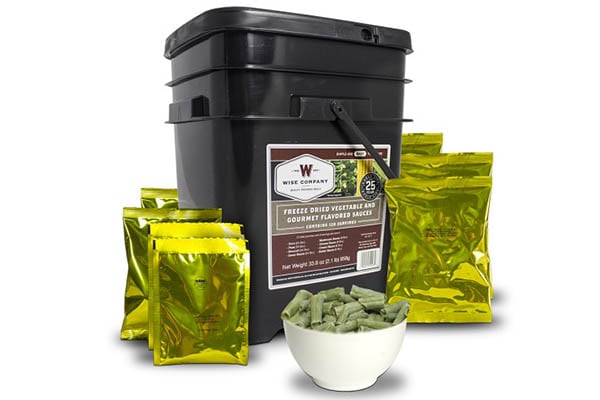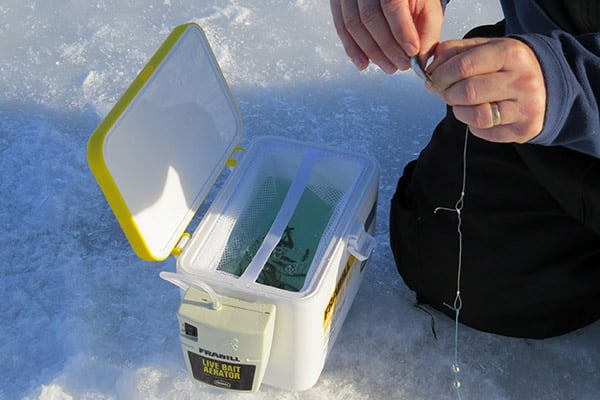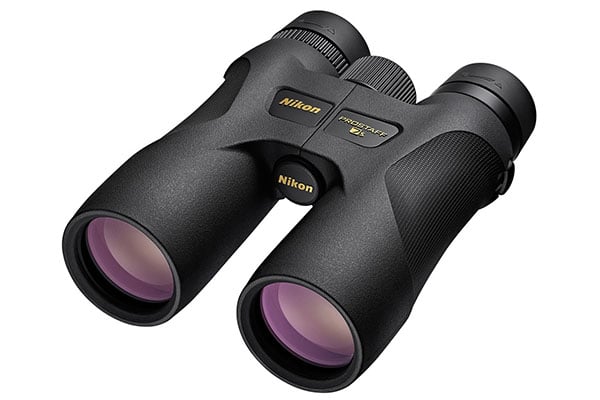Last Updated on
These days there are a couple common sense resources you should always have around the house. The first is a store of at least three gallons of water for each person who lives at your residence. If you’re really cautious, you’ll have a backup to those water jugs in case you need to last longer, or if something happens to those jugs unexpectedly. For example, just the other day one of the plastic water jugs I had under the sink inexplicably popped in the middle of the night and leaked water all over the floor. Stranger things can happen than that too.
The next line item in your must have in-home stores is freeze-dried food. Canned food and dried food like beans and oatmeal are great, but the real long-term food asset you should have comes in freeze-dried food. Canned food, even if stored in a cool, dry place, will only last for up to 6 years until it needs replaced, and you’ll need to cycle it out sooner to play it safe anyway. However, freeze-dried food has a vastly superior shelf-life, and it can last up to 30 years before the quality diminishes. This makes freeze-dried food the best option for a store it and forget it emergency option. Let’s look at the other advantages of freeze-dried food as well as how it is made so you can better know how to prep your home food stores for an emergency.
How Its Made
The manufacture of freeze-dried food isn’t as simple as placing food in the freezer, and although you can learn how to do it at home, we’ll cover the industrial process for pre-packaged freeze-dried foods. First fresh foods are placed in a large freezer and frozen at very low temperatures that help remove water in the food. Fruits, vegetables and other foods set up for freeze-drying are chosen at the peak point of ripeness or freshness when they are put in the freezer. Once the food is adequately frozen, it is transferred to a vacuum state (sometimes in the same freezer appliance) where much of the remaining water is removed from the frozen foods. This process usually lasts several days in order to create a gradual reduction in the water content without disturbing the frozen food. Contrary to what you might think, this process is more about gradual heating than continued freezing. Once the process is complete, most of the water will be removed from the food at it is ready to be stored in vacuum sealed packages and containers.
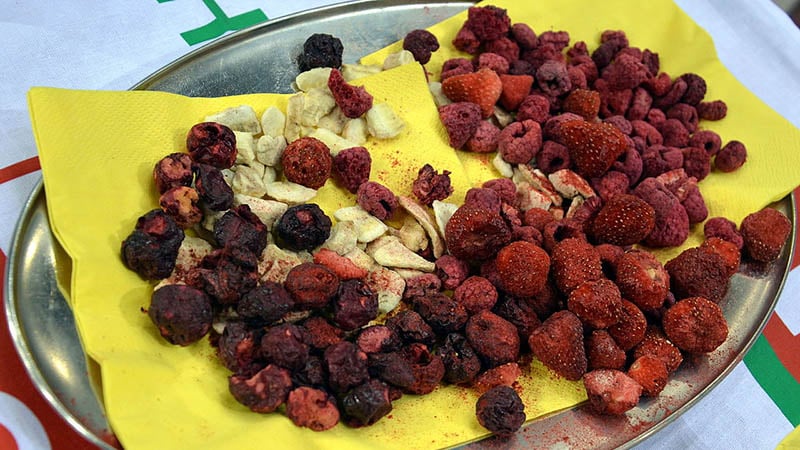
Food Options
There are actually a mouth-watering amount of freeze-dried food variations available on the market today. If you’re new to freeze-drying food, it’s probably better to purchase store bought varieties instead of opting to freeze-dry foods on your own. This way you at least know quality is assured, and your homemade freeze-drying efforts might not last as long as the store bought variety because it is harder to control variables like temperature and water concentration at home. Some good long term food options include:
- Fruits like berries, apples, bananas, strawberries and other “firmer” fruits
- Vegetables like beans, potatoes, corn, broccoli, carrots, peppers and onions
- Meat like beef and chicken
- Grains like buckwheat, oats, hard wheat, quinoa and spelt
- Dairy like powdered cheeses and powdered milk
Other foods may have a substantial enough shelf-life (say 15-20 years at least with 30 being better) that aren’t on that list, but before you buy, be sure to check the individual expiration date.
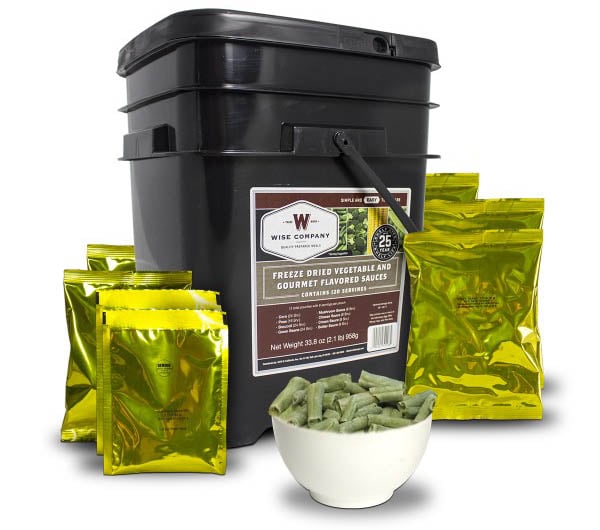
A Word On Shelf-Life
Many companies hint that freeze-dried food may last longer than 30 years, or at least be edible, and it’s likely that army rations are approved for consumption far past 30 years. More than likely, the reason why most companies arrive at the 30 year max date is because that is the best they can guarantee given their studies. If I was in a tough spot, say starving or lost, and my only option was 40 year old freeze dried food, I would open that package up without hesitation. Your chances of eating older freeze-dried food and not getting sick are much higher than canned food or other dried foods no doubt.
Even so, you should be careful with your freeze-dried food storage and follow the time tested cool, dry place guidelines. You should also only open canisters when needed, and once opened they have a limited safe for consumption date, somewhere around a few months to a year at the most.
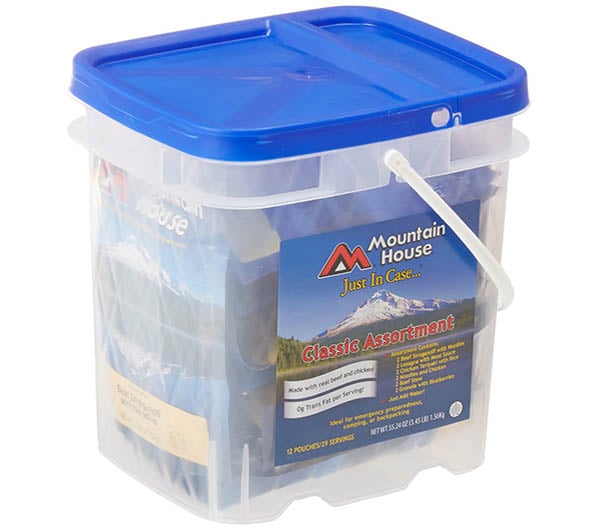
Plan Your Meals Depending On Water Supply
Don’t forget that freeze-dried foods that need to be reconstituted, like spaghetti packets, meats or similar fare, need water added to them to make them edible again. This means there will be an extra strain on your water consumption when you choose to make meals with freeze-dried food that needs reconstituted. In a situation where there is already scant water to be had, using some of it to cook your food is a bad idea, especially if that food is salty like spaghetti or similar reconstituted foods. That’s why you should plan most of your emergency meals to contain more fruits and vegetables that can be eaten right away, and then your luxury or comfort meals to be consumed when your water supply is stable.
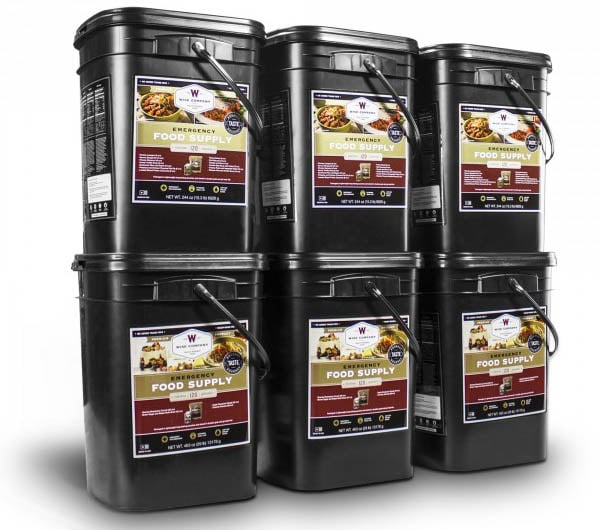
The important point to focus on here is if you only buy meat as your freeze-dried stores, you’ll be placed in a tricky situation if you have no water. That’s why the best storage plan should revolve around stocking more ready to eat freeze-dried foods and keeping a lesser supply of those freeze dried items that need reconstituted. Fruits and vegetables also retain most of their nutritional value after they are freeze-dried, further making them the more prudent option to base your stores around.
Final Thoughts
It’s really hard to say how a long-term survival situation like a post-apocalypse would really go. We can speculate, but all we can really be sure of is that food and water rations (among other items) will be important for survival as well as bartering with others. The long term shelf-life of freeze dried food makes it the best candidate for a scenario like this, even if water is in short supply. When you take a look at more short-term preparation, even a brief natural disaster, freeze-dried food is still the best option. This year make sure to carve out a little of your budget for freeze-dried food.
Image one courtesy of Wikimedia Commons.
Interested in more? Check out: Tips & Recipes For Preparing Fresh Fish.
Shop gritroutdoors.com or Browse Top Selling Products.
